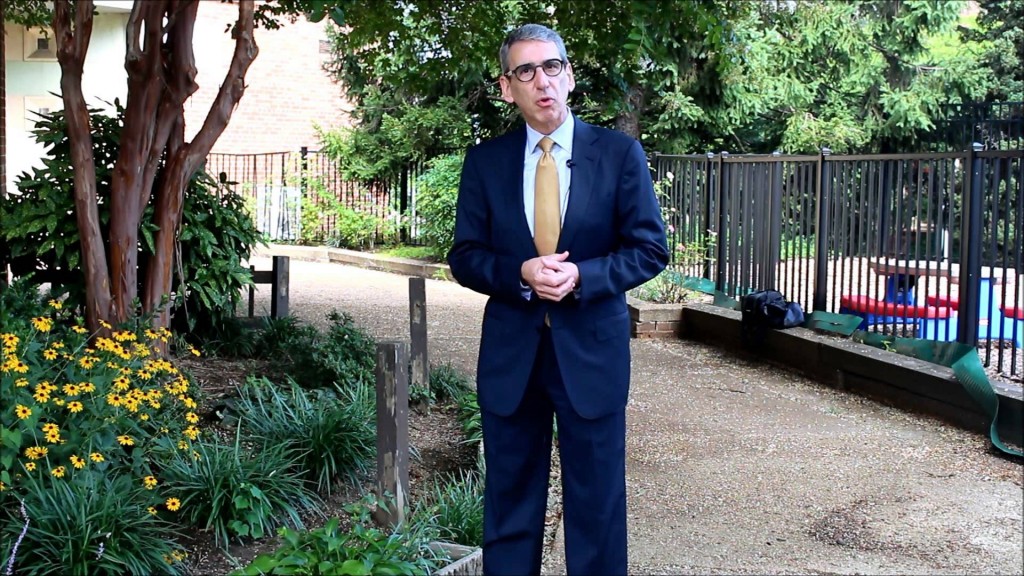In Laudato Si, Pope Francis’s 2015 encyclical on the environment, he urged all to be good stewards of God’s creation.
Brother Robert Bimonte, President of the National Catholic Educational Association, accepted Tom Burnford’s, Archdiocese of Washington’s Secretary for Education, challenge to #WalkwithFrancis. NCEA now challenge the 6,500 Catholic schools across the country, starting with the Diocese of San Diego, to take the pledge to #WalkWithFrancis and show how Catholic schools are committed to Pope Francis’s call to action!
What can we do to begin this effort in our schools and everyday life to “go green” and help foster a more caring relationship with the environment around us?
Here is a short list of ideas, activities and projects that can be implemented hassle-free into your school year!
1. Start education programs and afterschool programs to educate the students
It all starts with education, and being environmentally aware throughout the year and knowing how to go about being “green” takes some guidance. Ask for parent volunteers at a PTA meeting or bring in local experts that would love to instill environmental awareness to the next generation.
2. Participate in International Walk or Ride your Bike to School Day in October
It’s fun, promotes a healthy lifestyle, creates a cleaner environment with the reduction of air-pollution and befits the surrounding communities with reduced traffic congestion. If you like this idea, why not institute it monthly, weekly or even every day? It isn’t the only option; find ways to carpool with neighborhood friends to cut down on emissions and infrastructure congestion.
3. Initiate a recycling program in your school
This includes ideas such as going “paperless” by sending newsletters and other school notifications home via email blasts, printing on both sides of paper for paper reduction or recycling paper in the school. Don’t forget to utilize your recycling bins; they are there for a reason! This process doesn’t have to boring, be creative and recycle newspapers, magazines and other materials for art projects!
4. Take an environmentally informative field trip
Discover what your town has to offer by visiting one or more of the following:
– Organic farm
– Recycling Center
– Nature Conservation Center
– Alternative Energy Plant
– Local Landfill
5. Start organic composting
Compost is the ultimate ingredient for building fertile soil, vastly improving the soil structure of your garden as well as allows the soil to hold in moisture better. Composting is nothing more than guiding the natural process by which organic waste decomposes.
6. Create birdhouses or monarch butterfly habitats around your school
Whether you’re planting a garden, spending 10 minutes pulling non-native plants from around your school or creating habitats for threatened species, all this benefits the community around you. This also gives students a way to learn about sustainable environments and the local growing seasons.
7. When building or renovating a new area to the school, consciously decide to build green
Building green means complying with green building standards such as LEED (Leadership in Environmental and Energy Design), administered by the U.S. Green Building Council. By meeting these standards schools can create a healthy environment that is conducive to learning while saving energy, resources and money.
8. Change the lights in the school to compact fluorescent light bulbs (CFL)
According to the US Environmental Protection Agency (EPA), “if every home in America replaced just one incandescent light bulb with an Energy Star compact fluorescent light bulb (CFL), in one year it would save enough energy to light more than 3 million homes.” Can you imagine if every school in the US replaced their light bulbs?
9. Use biodegradable products
Anything you use in the classroom such as glue, pens, pencils and journals to cups, napkins and utensils in the cafeteria and class parties can be biodegradable. Also try promoting packing waste free lunches to the students for other unique ideas!
10. Be aware of energy conservation
Be conscious about turning off lights, computers and other electronics to lower energy consumption. An idea could be as little as monitoring the thermostat to turning off the lights in the classroom during the last 30 minutes of the school day
11. Drink tap water
Instead of bringing plastic water bottles to class, try bringing in a stainless steel water bottle. They can be refilled at any water fountain and are insulated, so they won’t sweat! Many schools are opting to install water purifiers at their drinking stations allowing them to keep track of how many plastic bottles they replaced!
These are only a few of the thousands of possibilities that your school could utilize in any given school year, but every little action helps your school and community becomes a little more “green.” Becoming a good steward of God’s creation isn’t difficult; it just takes a little effort and some creativity to get the ball rolling, so pick an idea today and run with it.
